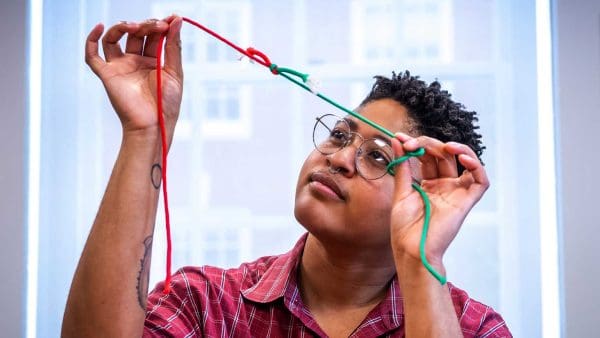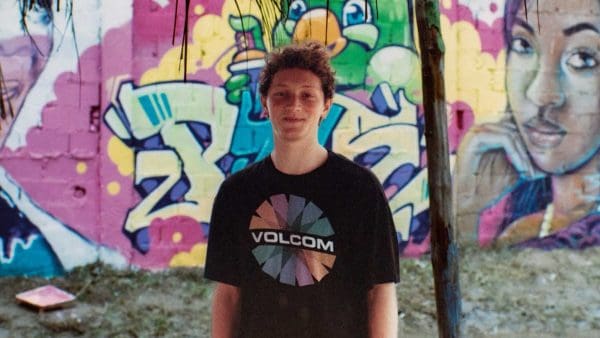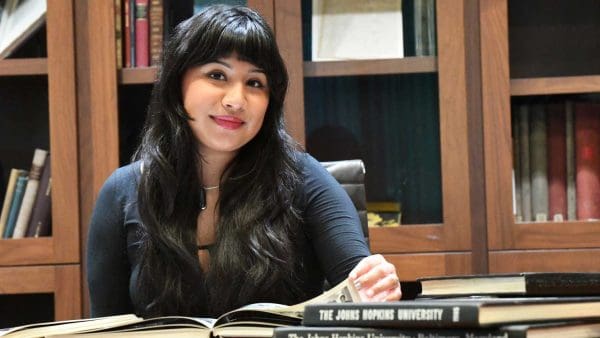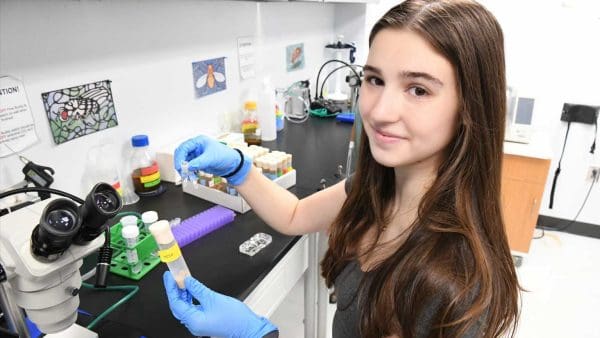When Marie Nicole Coscolluela ’13 first heard that very young children were absent from Etruscan cemeteries, she was mystified. What does that tell us about how Etruscans viewed infants and young children? Did they consider them less human than adults? If so, what was it like to be a child ca. 10th–3rd centuries B.C.?
The classics and archaeology major decided to find out. She applied for a Dean’s Undergraduate Research Award, and spent January’s intersession in Rome and Tuscany. She visited necropolises and museums with Etruscan galleries, viewing the countless figures used as votive objects, statues, and the burial goods found in tombs, and took detailed notes on everything she saw. And early one morning in an Italian airport, her meticulously categorized data began speaking to her. They told her that, in fact, the Etruscans deeply valued their children, and also the women who bore them.
Coscolluela realized that her notes held several clues. The tombs contained a more elaborate set of burial goods—jewelry, amber, and gold—for females than for males. Shrines across Etruria featured numerous votive statues of children, both with and without their mothers, always shown in comfort and care—swaddled, held on a lap or shoulder, or nursing. Some depicted a uterus. Inscriptions on mirrors and ceramics described children giving gifts to their mothers.
Coscolluela saw a pattern revealing what was important to the culture through its mourning traditions. “I hypothesize that the loss of a young girl is basically like losing that girl and any future children she may have… any future citizens.” If she’s right, Etruscans wanted their children to be born healthy and to live, and valued not only their children but also their children’s mothers: A mother was seen as important in the life of her child.
Coscolluela first became interested in the Etruscans during a class with prominent Etruscologist Robert Leighton on a year abroad in Edinburgh. Precursors to the Romans, the Etruscans left fewer artifacts behind, so we know a lot less about them. That potential for new discovery appealed to her.
Coscolluela had also studied the “archaeology of identity” with Johns Hopkins classics lecturer Emily Anderson. In this approach, Anderson explains, archaeologists reconstruct identities in the past, and try to gain a sense of how people understood themselves and each other—admittedly through a modern filter. Coscolluela brought this lens to her investigation.
Coscolluela’s work stands out for its nuanced understanding of archaeological research, says Anderson, who is Coscolluela’s adviser. “She really gets that research happens by formulating new questions and refining them as you proceed,” Anderson says. “She had the maturity to say, ‘How can we look at this corpus of material and generate a whole new set of questions?’”
While Coscolluela still isn’t certain where the Etruscans’ young children were buried, her window into what an Etruscan childhood was like helped her see the ancient people as familiar. “By understanding these topics and understanding the past,” she says, “we’re better able to understand ourselves.”
________________________________________________
Below, scenes from Nicole’s research trip to Italy where she went
to museums and Etruscan sites all over Lazio, Tuscany, and Umbria.




